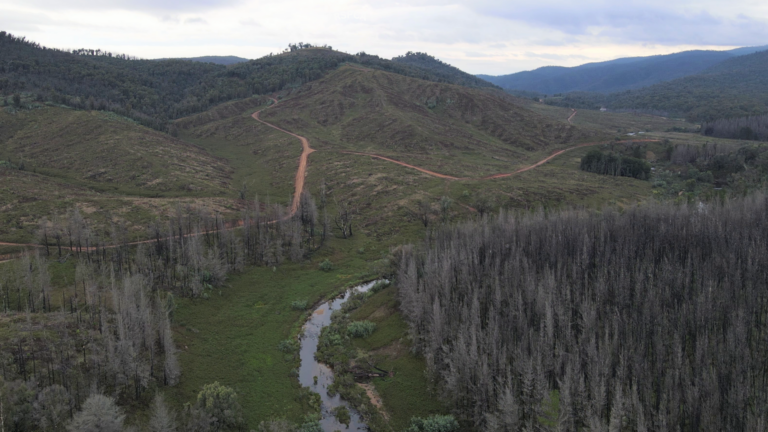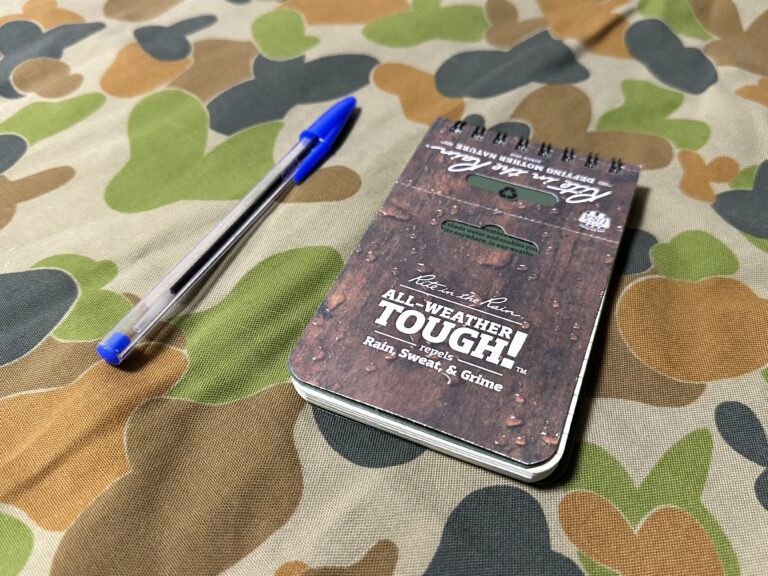One of the most underrated hazards a hunter may face on private property is the humble farm fence.
I know – It sounds ridiculous, right? But in our eagerness to pursue game species on the other side, it’s easy to overlook basic firearms safety. That lapse can put both ourselves and others at serious risk.
This article highlights the importance of firearms safety when crossing a fence and outlines how to navigate this obstacle the right way.
Why is safety so important when crossing a fence?
Over the past few decades, there have been several fatalities resulting from the improper handling of firearms while crossing fences. In response, many state firearms licensing units have begun placing greater emphasis on this topic throughout their training programs.
Unfortunately, many hunters – both new and experienced, continue to ignore the warnings or downplay the likelihood of an incident. This complacency increases the risk of a negligent discharge*, which may lead to serious injury or even death.
The good news? It’s easily avoided by following a few simple steps.
*Definition: A negligent discharge is the unintentional firing of a firearm due to careless handling or failure to follow proper safety procedures.
This was once commonly referred to as an “accidental discharge,” but it’s important to remember: there’s no such thing as an accident in firearms safety. A discharge caused by human error is a serious matter, and one that results from negligence.
How to cross a fence safely
Hunting solo
Step 1: Unload your firearm completely and place it on the ground with the muzzle pointing away from you.
Step 2: Cross through the fence.
Step 3: Carefully reach under the fence and retrieve your firearm.
Hunting in a group
Step 1: Unload both firearms.
Step 2: One hunter crosses through the fence while the other holds both firearms.
Step 3: Pass the firearms, one at a time, safely over the fence.
Step 4: The second hunter then crosses through.
Key safety tips
- Always use a gate if one is available.
- Always check that the firearm is unloaded before placing it on the ground. Never rely solely on a safety catch (i.e. cross-bolt safety) or an un-cocked hammer.
- Never rest a loaded firearm against a fence or other obstacle.
- Never place the muzzle of your firearm into the ground, as this can clog the barrel with dirt or debris and lead to a dangerous malfunction.
- Be extra cautious when crossing electric fences. Ensure your firearm is unloaded and the action is open before getting close. A shock may cause involuntary muscle contractions, including a clenched grip on the trigger.
Firearms safety rules that apply to fence crossings
- Always confirm a firearm is unloaded before handing it to or receiving it from another person.
- Always point the muzzle in a safe direction, away from yourself and others.
- When handling a longarm (rifle or shotgun), hold it by the fore-end and grip section of the buttstock.
- Never place your finger on the trigger unless you’re in a firing position and prepared to shoot.
Final thoughts
Crossing a fence is a routine part of hunting private land, but it’s also a moment where many safety mistakes are made. Don’t let impatience or poor judgment turn a simple action into a tragedy. Unload your firearm, take your time, and prioritise safety for yourself and those around you.
If you’re closing in on game, resist the urge to rush through a fence for a better angle. Instead, use the fence post to steady your rifle for the shot. And remember: no shot is worth risking your life.









